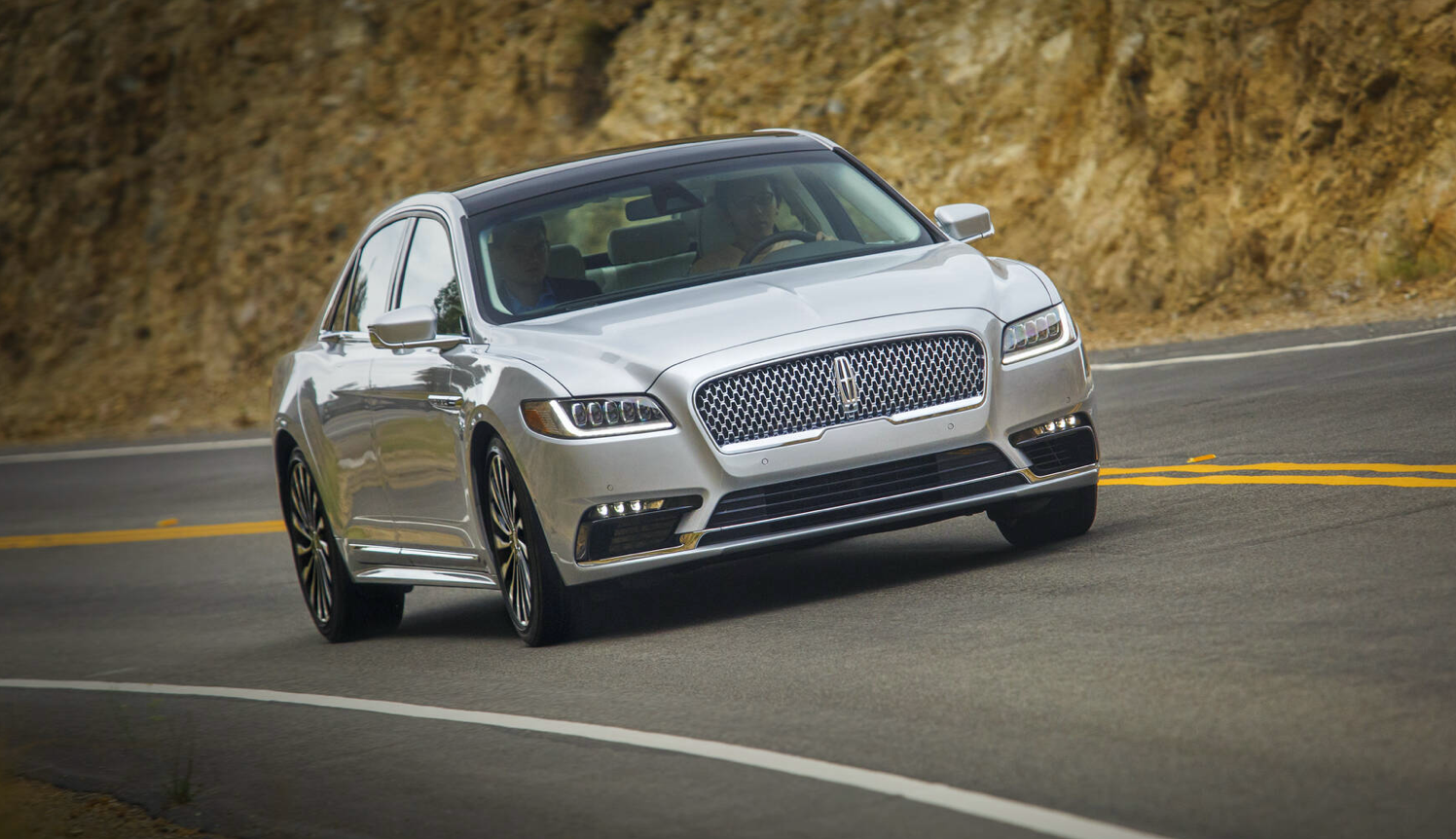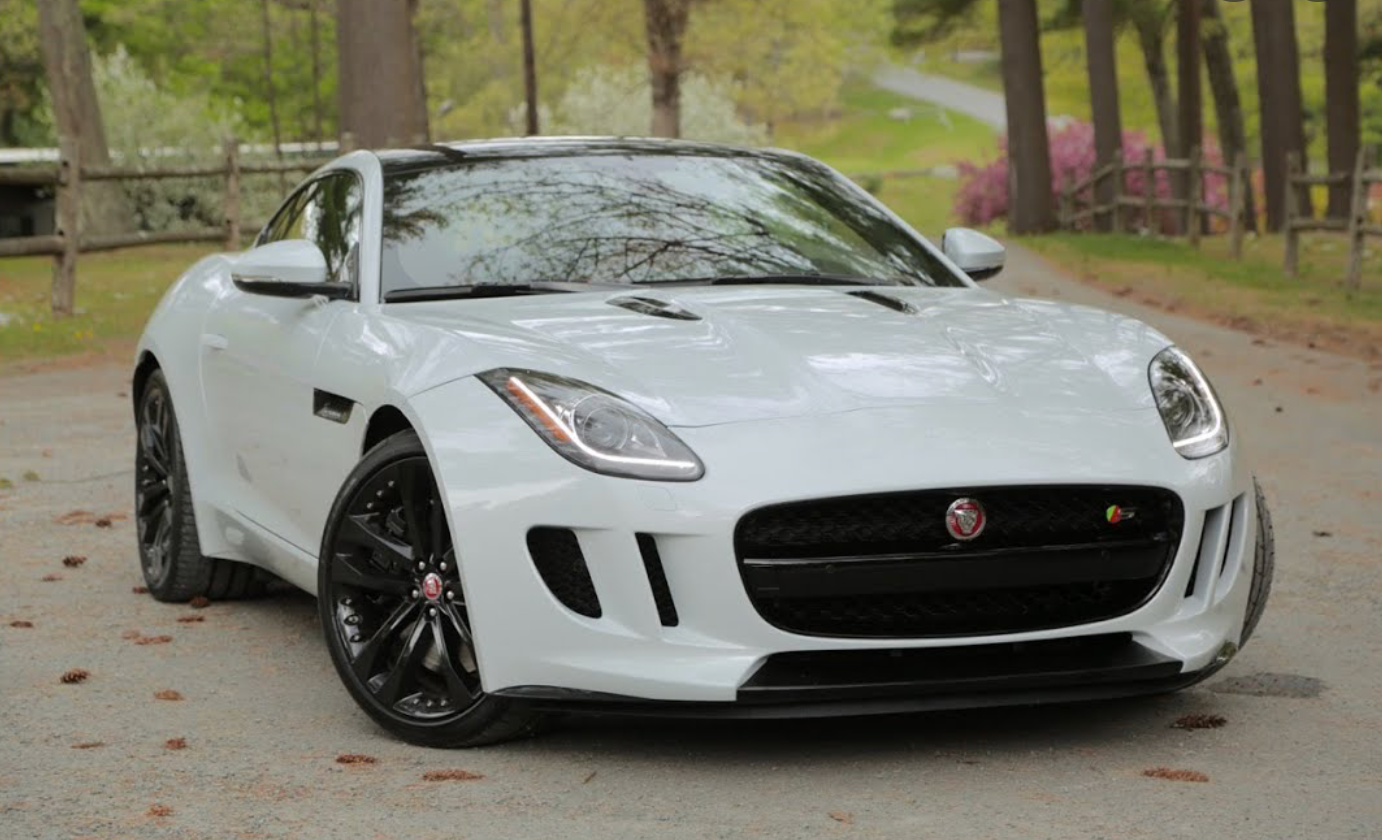The automobile sector is an interesting one indeed, a place where carmakers are constantly engaged in a balancing act trying to manage several aspects at once. On one hand, you have the car's design and technological aspects to consider. Equally as important are the 'softer' issues like market perception and boardroom decisions. In fact, as some of the cars featured here show, a great car can be wrecked by factors that are completely unrelated to the car's performance. It also partly explains why some unremarkable cars go on to become a huge success in the market, spawning several variants and having a considerable production run.
This list reads like a sad tale, a story of what might have been with these cars if there had been just the right balance between all the factors at play.
10 Jaguar XJ220
Few people would dispute the fact that the Jaguar XJ220 was one of the greatest cars to have emerged during the '90s. The limited-production car set the automotive world alight with a top speed north of 210 mph, and that was after a 3.6-second sprint to 60 mph.
It was actually the world's fastest road car until the arrival of the McLaren F1. Unfortunately, myriad issues prevented the low-slung supercar from reaching its peak of greatness. It debuted in 1992 and by 1994, production had wrapped up, with only 275 units manufactured out of a planned 350.
9 Yamaha OX99-11
This was an F1-inspired car developed by Yamaha with full production planned for 1994. That plan never materialized and after 3 completed prototypes, the project was scrapped due to its astronomical costs.
It was such a shame because the OX99-11 checked off most boxes that would make most car enthusiasts drool with envy. An F1-style cockpit, advanced aerodynamics, and a screaming V12 engine that cranked out 400 hp at 10,000 rpm were just some of the car's standout features.
8 TVR Cerbera Speed 12
Had the Cerbera Speed 12 made it to full production, it would have undoubtedly been one of the greatest British cars ever made. Instead, we are only left with a forlorn script of what might have been. The high-performance car was designed not only to be a high-performance road car but also to serve as the base for a GT1 endurance racer.
Ever-changing GT1 regulations and the challenges faced in adapting the car for road use convinced the company executives that the Cerbera Speed 12 project was more trouble than it was worth and they simply shut it down.
7 Lincoln Continental
The Lincoln Continental has been in production for 55 years across 9 different decades but even its pedigree was unable to save it in the US market. Its last appearance was in 2016, after a lengthy 14-year hiatus. GM had just revived the nameplate as a full-size luxury sedan. The Continental was elegantly styled and packed most of what you would expect in a modern premium vehicle.
As it turned out, Americans did not really care for the sedan and seemed to prefer SUVs instead. For 20219, 6,586 Continentals were sold compared to a figure of 18,656 for Navigators even though the big SUV cost about $30,000 more.
6 Ford Edsel
Ford certainly did not envision the outcome when it conceived the Edsel project. The car was meant to help create a new upscale market for the American carmaker - the start of a new phase. The company reportedly spent over $250 million in research and development over a 10-year period.
The Edsel, controversial styling and poor craftsmanship aside, featured a lot of tech innovations such as self-adjusting brakes, electronic hood release, and a 'Teletouch' transmission system. It could have gone on to become a great car but among other things, Ford read the market horribly wrong and today, the Edsel is often cited as one of the greatest automobile failures.
5 Jaguar F-Type (Manual Transmission)
The coupe variant of the F-Type was first publicly presented at 2013 auto shows in Los Angeles and Tokyo. Consumers wanted more though and asked for a manual transmission option. Jaguar listened and responded with a manual V6 variant in 2016.
Imagine their bemusement then when the manual F-Type failed to ignite any significant amount of interest in the market. In fact, sales were so dismal that the company was forced to announce the end of the car only 3 years after it was first introduced. The manual F-Type was great but one can't help wondering what would have happened if that manual had been paired with a V8 powerplant instead of a V6.
4 Gumpert Apollo
This was a car that boasted proper supercar stats and was right up there with some of the best supercars around at the time. It was powered by a 4.2-liter twin-turbocharged V8 that generated up to 789 bhp in the race version.
The car actually set a Nurburgring record in 2009 when it lapped the infamous circuit in a truly impressive 7:11.57. The hype over the car quickly fizzled though and the company struggled to find buyers for the extreme car. The unusual styling probably had a role to play here and eventually, the carmaker was forced into bankruptcy in 2012.
3 Tucker 48
Few people have heard of this American classic and that's probably down to the fact that it was only around for 1 model year and its entire production run comprised 50 cars. The car was beautifully styled and featured automotive innovations that took other carmakers years to adopt.
However, the Tucker 48 was swamped by many problems that ranged from negative publicity to a Federal level investigation involving the company. Preston Tucker, the brain behind the car, accused the automotive 'Big Three' of sabotaging his chances of success because they recognized the potential of the Tucker 48.
2 Pontiac GTO
Pontiac is gone now, done in by a slew of mediocre models that did more harm than good to a brand that had been in existence for 85 years until 2010. However, there were a few bright spots in those twilight years and one of them was in the form of the Pontiac GTO, a sports coupe with a thumping powerplant.
That powerplant was a 400 hp LS2 V8 engine (for 2005 and 2006 model years) mated to either a 4-speed automatic or even better, a 6-speed manual transmission. Unfortunately, it was a case of 'a little too late' and it was no surprise that the car did not make much of an impact in the market.
1 Bugatti EB110
The elder sibling to the modern-day Bugattis was a monster of a supercar in its time. In base trim, it had a quad-turbo V12 that made 553 hp, a number that rose to 603 hp for the SuperSport variant. It could accelerate to 60 mph in 3.5 seconds and power on to a top speed well more than 200 mph.
The car was a technological marvel but its launch coincided with a recession that hit Europe and North America. It was a problematic mix and when you factor in all the other issues faced by the French company, you'll understand why the fabled supercar had such a short stint in the market.





















